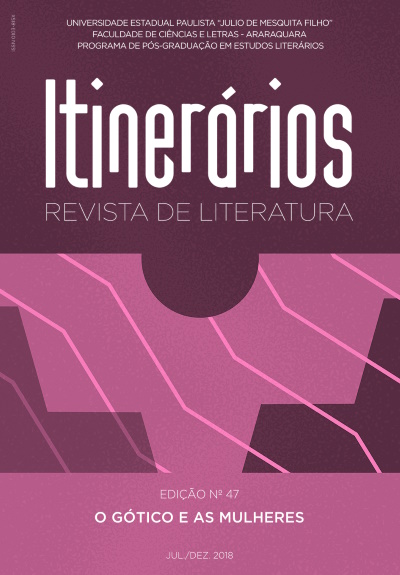Roots of medieval horror to woman’s demonic maleficence: some exemplary cases
Keywords:
Demonization, Feminine malignancy, Medieval horror,Abstract
This article examines some of the most significant examples that constitute the symptoms of medieval horror to woman’s demonic maleficence. Starting from mythical and fabulous accounts of emblematic figures of the feminine malignancy of the ancient and medieval tradition, such as the snake-women, the gorgons and the basilisk, the article brings misogynistic testimonies of theologian saints of the medieval Church and of lay commentators on the monstrous nature of woman, arriving to her demonic “consecration” at the end of the Middle Ages. The hypothesis of reflection of this evil conjugation is the natural disposition of this category of maleficence towards the deformed and monstrous. This theological collusion of the woman with the devilish, measured in the representation of the witch and the medieval sorceress, has its properties conferred in the Malleus maleficarum (The Hammer of Sorceresses), one of the most efficient inquisitorial manuals of the time examined in some of its fundamental passages referent to the thematic treatment of the article. Finally, the article proposes, in addition to the instruction that it may provide on the subject, to present a proposal of undoubtedly ethical value, to combat prejudices, the misogyny, which so harsh and unhealthy, even today, affect people and our society.
Downloads
Published
Issue
Section
License
Os manuscritos aceitos e publicados são de propriedade da revista Itinerários. É vedada a submissão integral ou parcial do manuscrito a qualquer outro periódico. A responsabilidade do conteúdo dos artigos é exclusiva dos autores. É vedada a tradução para outro idioma sem a autorização escrita do Editor ouvida a Comissão Editorial.

